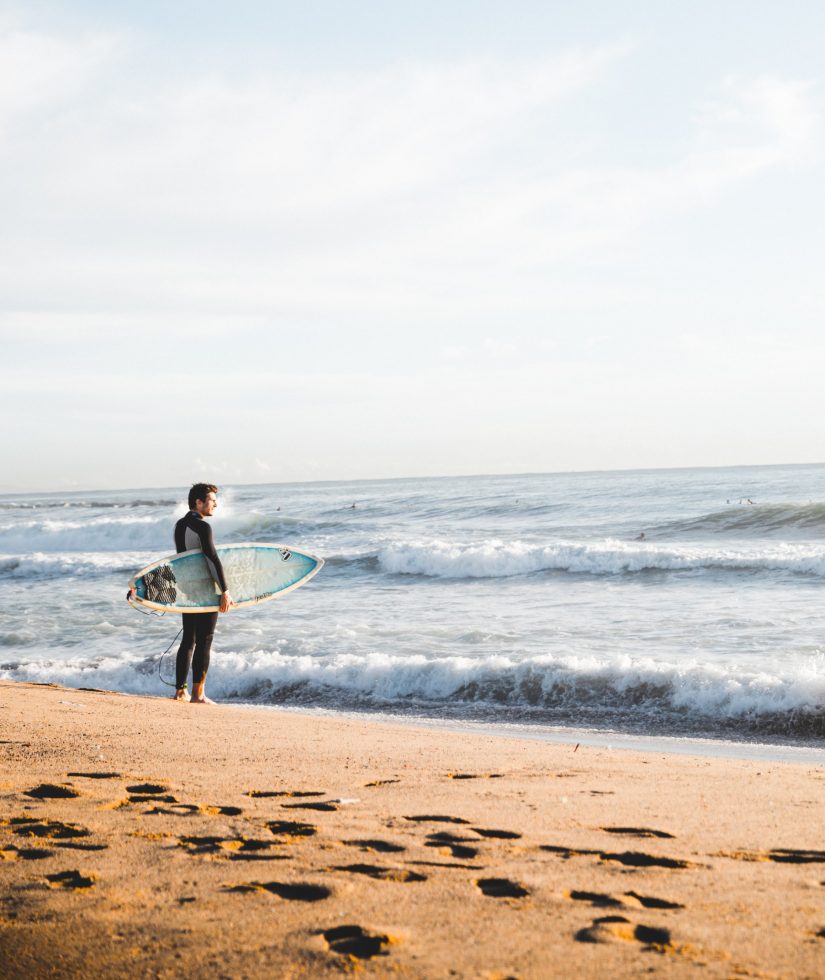 Vitamin D is essential for healthy bones and muscles, and is a hormone which is responsible for maintaining your blood calcium levels. The most effective way to get sufficient Vitamin D is from the sun, but as we know spending time outdoors in our harsh Australian climate can have negative side effects such as an increased risk of skin cancer.
Vitamin D is essential for healthy bones and muscles, and is a hormone which is responsible for maintaining your blood calcium levels. The most effective way to get sufficient Vitamin D is from the sun, but as we know spending time outdoors in our harsh Australian climate can have negative side effects such as an increased risk of skin cancer.
What is the safest way to get your Vitamin D? Read on to find out…
When the skin is exposed to Ultraviolet rays (UVB) from the sun, it triggers a steroid which encourages the production of Vitamin D. In Australia, the minimum guidelines for Vitamin D levels is a blood level with a minimum of 50 nanomoles per litre. If this falls below 20 you will be considered Vitamin D deficient. 90% of our Vitamin D comes from the sun, but this doesn’t mean we should spend 90% of our time placing our skin at risk. The other 10% comes from the food we eat, including mushrooms, eggs, fish, margarine and Vitamin D fortified products such as juice, you can find this information by checking the labels. If you think you may have a Vitamin D deficiency it is important to consult with your doctor, as you may need to take supplements.
Balancing your Vitamin D levels with adequate sun protection is achievable. Being aware of the UV index will give you the right information to make sun smart decisions. When the index is above 3, you should always wear full sun protection and it will only take a few minutes each day to get the Vitamin D your body needs. If the UV index is under 3, such as during Autumn and Winter, you can plan your outdoor activities for the middle of the day. The UV index will depend on where you live, the season and time of day.
The amount of sun you need for your Vitamin D levels does vary from person to person. Those with fair Caucasian skin will only need between 5 and 15 minutes of sunlight per day, while those with darker skin require a little more. This is because melanin soaks up UVB and the more that is present, the more sunlight that is required to get your daily dose of Vitamin D. Because of this, those with darker skin can be at a higher risk of Vitamin D deficiency. Other groups who are at risk include those who cover their skin for cultural reasons, people who don’t venture outdoors during daylight hours such as night shift workers, babies with Vitamin D deficient mothers, and those who take certain medications.
When your body doesn’t get enough Vitamin D, there are potential health side effects. These include osteoporosis and some cancers. For children who are still developing, a Vitamin D deficiency can lead to rickets, a disease which results in soft bones and deformities. Limited sun exposure will help to keep your Vitamin D in check, but always remember to be sun smart to protect yourself from skin cancer.
Regular skin and body checks will give you peace of mind that your skin is healthy. To book an appointment with one of our friendly skin experts in the Perth region, please contact us today.
With multiple locations throughout Perth and the South West there is a clinic near you!